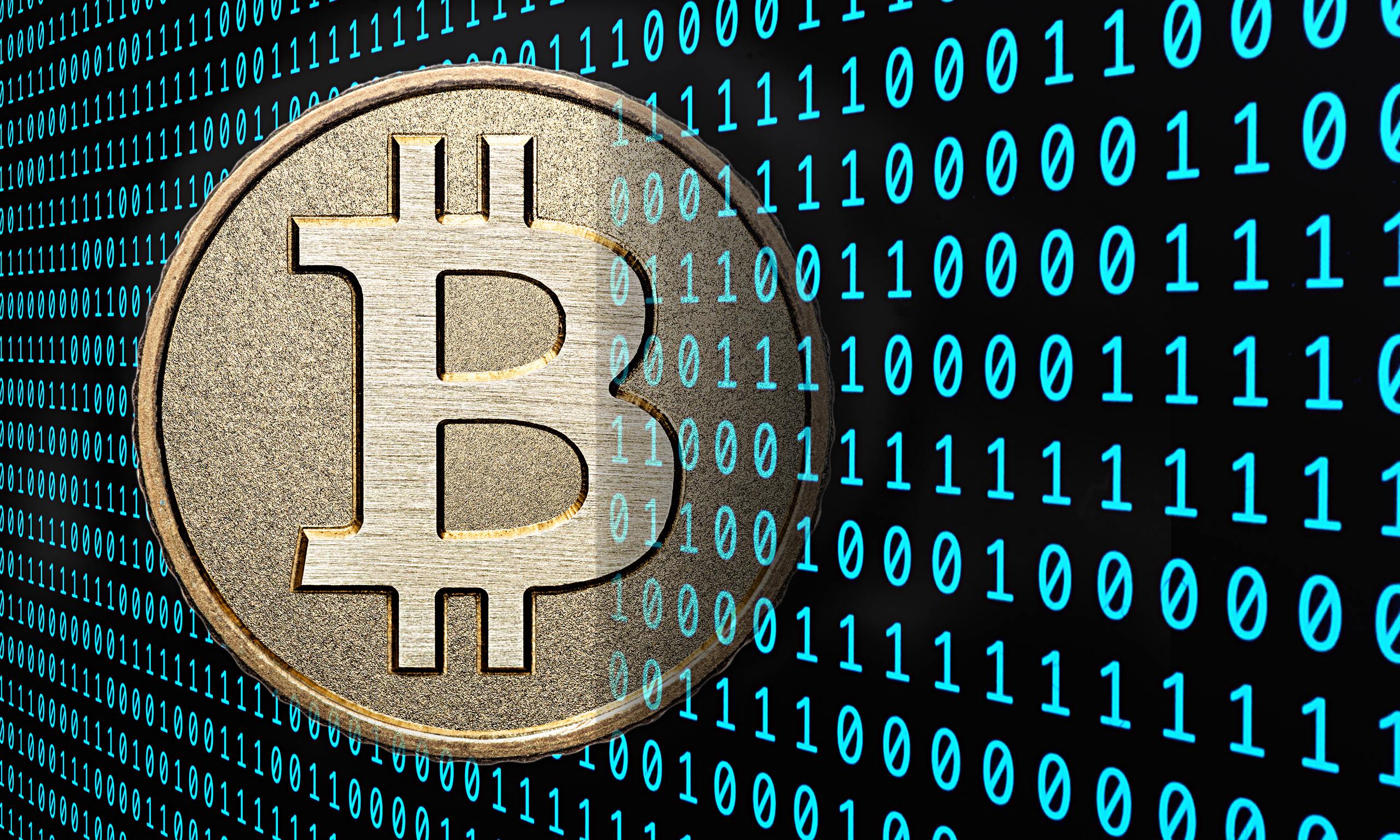What is Bitcoin
By Prempal Singh

Bitcoin is a form of digital currency, created and held electronically. No one controls it. Bitcoins are not printed, like dollars or euros – they are produced by people, and increasingly businesses, running computers all around the world, using software that solves mathematical problems.
It’s the first example of a growing category of money known as the cryptocurrency.
What makes it different from normal currencies?
Bitcoin can be used to buy things electronically. In that sense, it’s like conventional dollars, euros, or yen, which are also traded digitally.
However, bitcoin’s most important characteristic and the thing that makes it different to conventional money is that it is decentralized. No single institution controls the bitcoin network. This puts some people at ease because it means that a large bank can’t control their money.
Who created it?
A software developer called Satoshi Nakamoto proposed bitcoin, which was an electronic payment system based on mathematical proof. The idea was to produce a currency independent of any central authority, transferable electronically, more or less instantly, with very low transaction fees.
Who prints it?
No one. This currency is not physically printed in the shadows by a central bank, unaccountable to the population, and making its own rules. Those banks can simply produce more money to cover the national debt, thus devaluing their currency.
Instead, bitcoin is created digitally, by a community of people that anyone can join. Bitcoins are ‘mined’, using computing power in a distributed network.
This network also processes transactions made with the virtual currency, effectively making bitcoin its own payment network.
So you can’t churn out unlimited bitcoins?
That’s right. The bitcoin protocol – the rules that make bitcoin work – say that only 21 million bitcoins can ever be created by miners. However, these coins can be divided into smaller parts (the smallest divisible amount is one hundred millionth of a bitcoin and is called a ‘Satoshi’, after the founder of bitcoin).
What is bitcoin based on?
The conventional currency has been based on gold or silver. Theoretically, you knew that if you handed over a dollar at the bank, you could get some gold back (although this didn’t actually work in practice). But bitcoin isn’t based on gold, it’s based on mathematics.
Around the world, people are using software programs that follow a mathematical formula to produce bitcoins. The mathematical formula is freely available so that anyone can check it.
The software is also open-source, meaning that anyone can look at it to make sure that it does what it is supposed to.
What are its characteristics?
Bitcoin has several important features that set it apart from government-backed currencies.

1. It’s decentralized
The bitcoin network isn’t controlled by one central authority. Every machine that mines bitcoin and processes transactions make up a part of the network and the machines work together. That means that, in theory, one central authority can’t tinker with monetary policy and cause a meltdown – or simply decide to take people’s bitcoins away from them, as the Central European Bank decided to do in Cyprus in early 2013. And if some part of the network goes offline for some reason, the money keeps on flowing.
2. It’s easy to set up
Conventional banks make you jump through hoops simply to open a bank account. Setting up merchant accounts for payment is another unrealistic task, attack by the government. However, you can set up a bitcoin address in seconds, no questions asked, and with no fees payable.
3. It’s anonymous
Well, kind of. Users can hold multiple bitcoin addresses, and they are not linked to names, addresses, or other personally identifying information.
4. It’s completely transparent
However, bitcoin stores details of every single transaction that ever happened in the network in a huge version of a general ledger called the blockchain. The blockchain tells all.
If you have a publicly used bitcoin address, anyone can tell how many bitcoins are stored at that address. They just don’t know that it’s yours.
There are measures that people can take to make their activities more opaque on the bitcoin network, though, such as not using the same bitcoin addresses consistently, and not be transferring lots of bitcoin to a single address.
5. Transaction fees are minuscule
Your bank may charge you a £10 fee for international transfers. Bitcoin doesn’t.
6. It’s fast
You can send money anywhere and it will arrive minutes later, as soon as the bitcoin network processes the payment.
7. It’s cheap
Your credit card transactions are instantaneous too? Well, that’s true. But your merchant (and possibly you) pay for that privilege. Some merchants will charge a fee for debit card transactions too, as they have to pay a ‘swipe fee’ for fulfilling them. Bitcoin transaction fees are minimal, or in some cases free.
8. It’s non-repudiable
When your bitcoins are sent, there’s no getting them back, unless the recipient returns them to you. They’re gone forever.
So, bitcoin has a lot going for it, in theory. But how does it work, in practice? Read more to find out how bitcoins are mined, what happens when a bitcoin transaction occurs, and how the network keeps track of everything.
Note: According to Indian rupees 1 Bitcoin = 111092.89 rs or the rupees may fluctuate according to per day or by hours. And in United State Doller(USD) 1 Bitcoin = $1734. 00 USD.
I hope this article is helpful for you all, for more update subscribe us.

